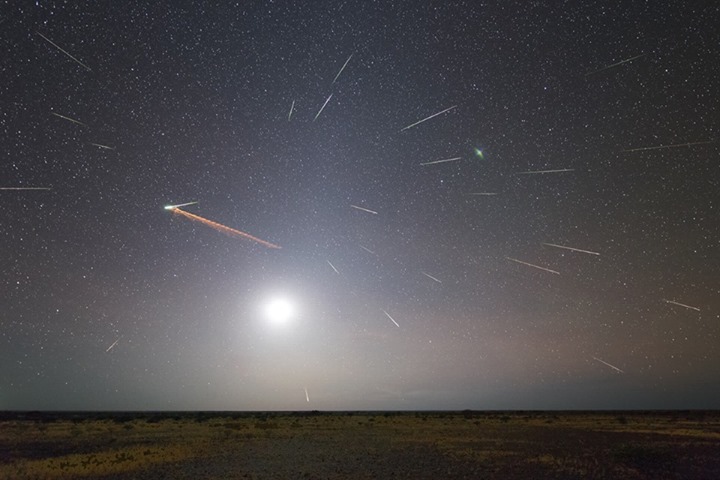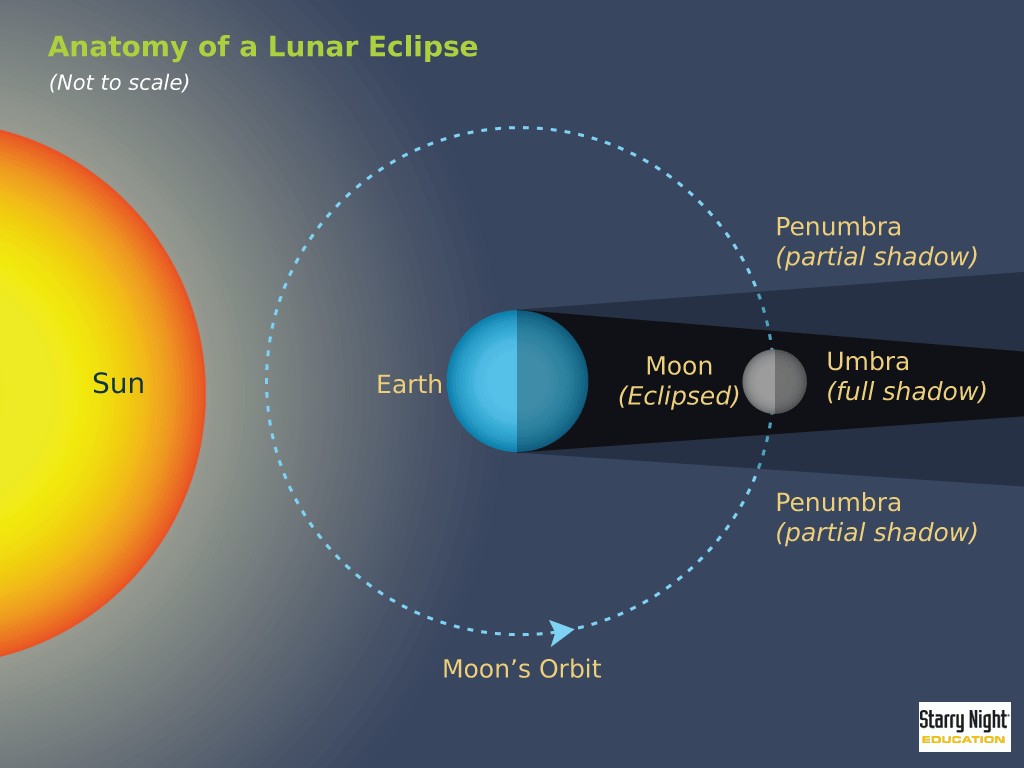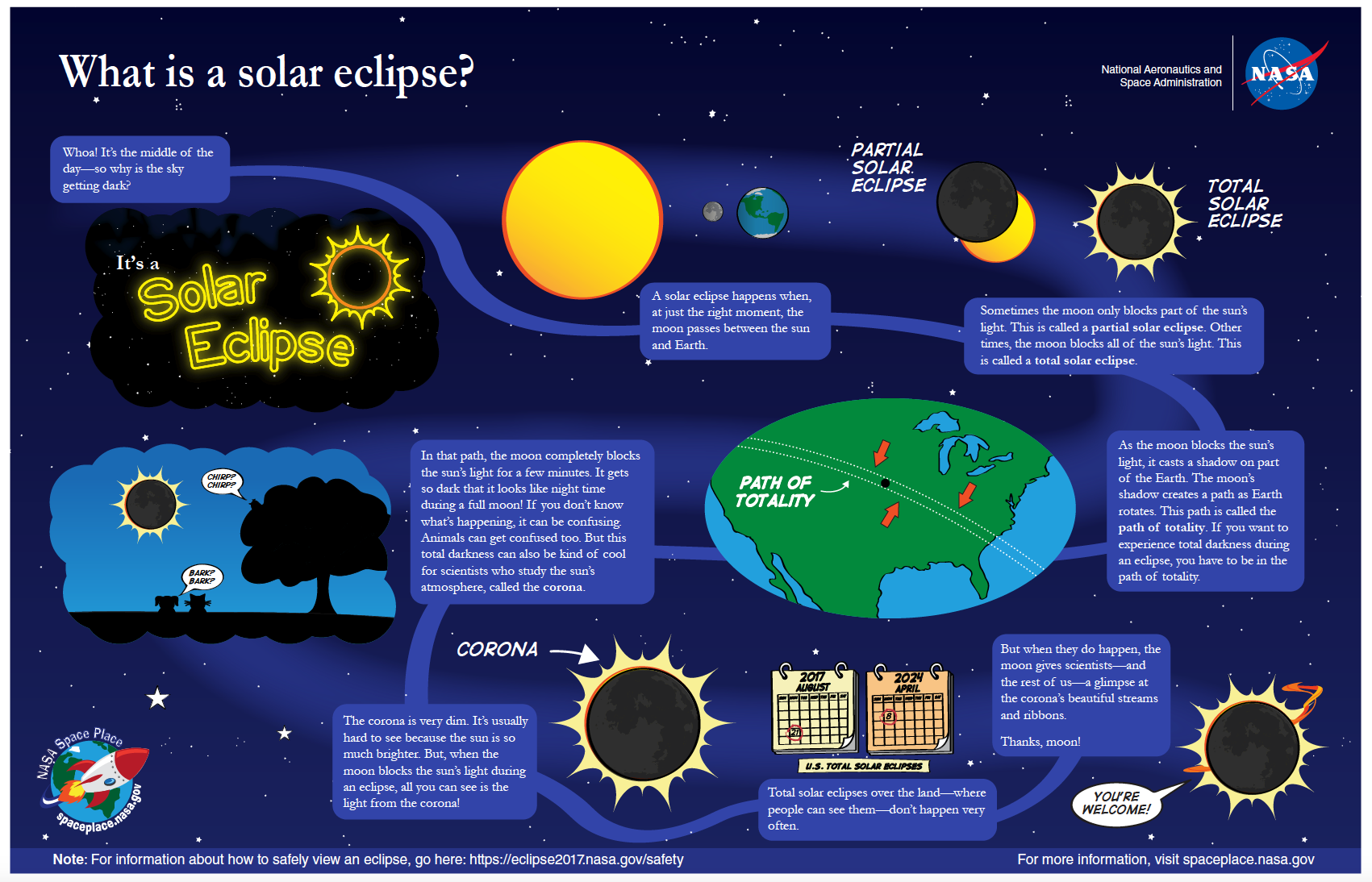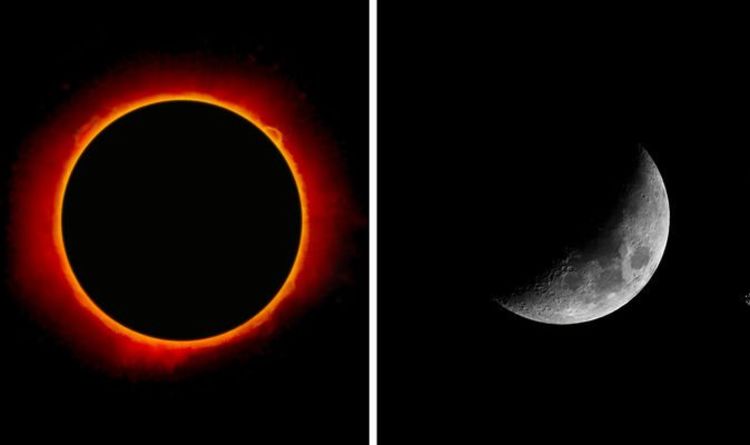The year 2020 is packed with celestial events, much to the joy of stargazers all around. In this gloom with the Corona scare confining us to our houses, the sky has come to the rescue with beautiful events lined up to be observed.
After the beautiful Supermoon sightings in March and April and the recent Eta Aquarids Meteor shower (a meteor shower made up of the remnants of the Halley’s Comet with meteors averaging 30-60 per hour) this month, we have a Penumbral Lunar eclipse occurring on the 5th of June and a Solar eclipse on 21st June.

A lunar eclipse occurs when the Earth’s shadow blocks the sun’s light which is otherwise reflected by the moon and it occurs only on a full moon night. There are three kinds of lunar eclipses: total, partial and penumbral. The Lunar eclipse of June 5 will be penumbral and that happens when the moon is in the Earth’s faint outer (penumbral) shadow. The Penumbral Lunar Eclipse of June 5 will be visible from Asia, Europe, Australia, Africa, Antarctica, and the Southwest region of South America. It’ll begin at 11:15 p.m. IST, reach its peak at 12:45 a.m. on June 6th and end at 12:54 a.m. The lunar eclipse is safe to be viewed with the naked eye.

A solar eclipse occurs when the Earth, the Sun and the Moon are aligned and in such a way that the shadow of the Moon falls on an area of the Earth, blocking the sun’s light. Such alignment coincides with a new moon (syzygy) indicating the Moon is closest to the ecliptic plane. There are 4 types of Solar eclipses: total, annular, hybrid and partial.

The solar eclipse on June 21st will be an Annular solar eclipse and last for 3 hours and 18 minutes and will peak at 05:40 a.m. IST. The path of the eclipse will begin in central Africa, travel through Saudi Arabia, northern India, and southern China before ending in the Pacific Ocean. This can be viewed with special eclipse glasses. Normal sunglasses should not be used.

